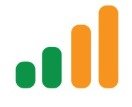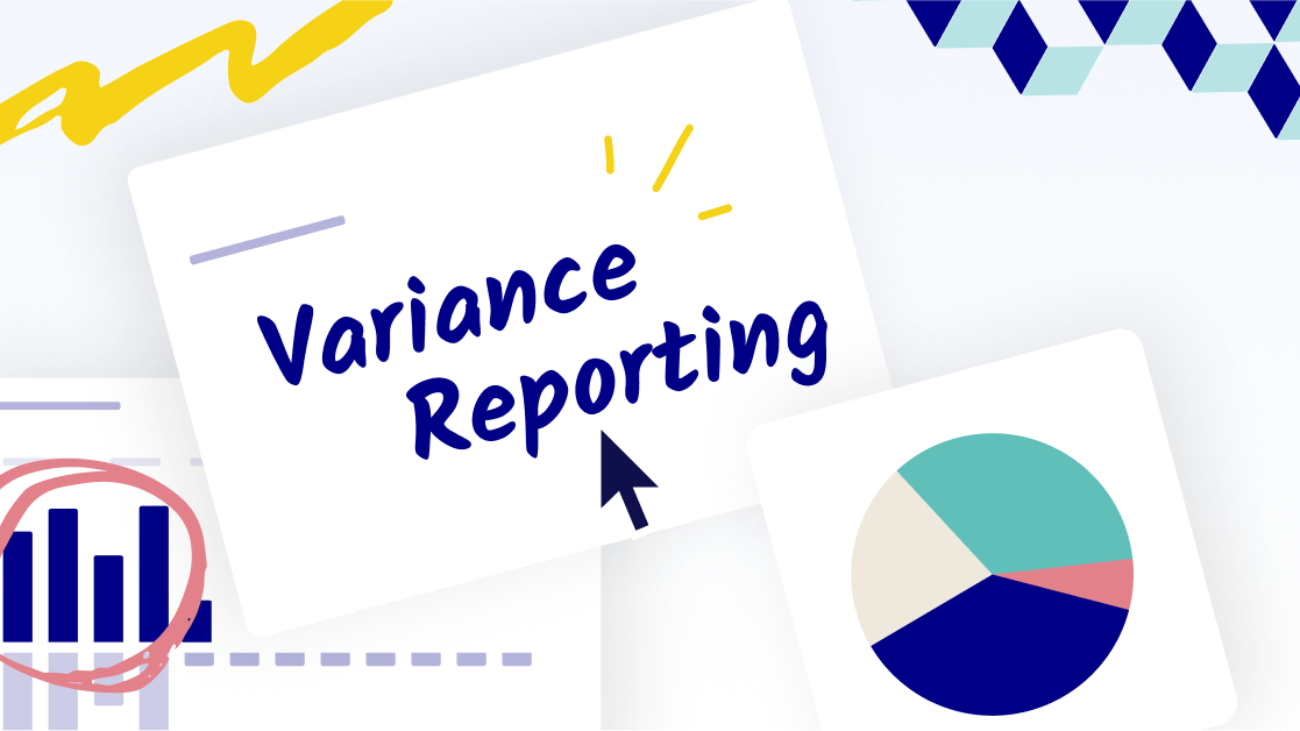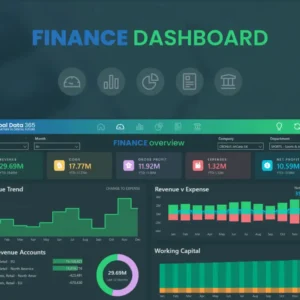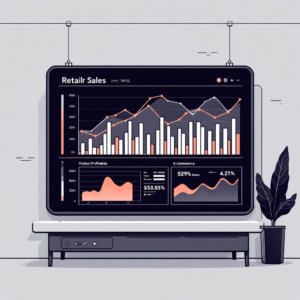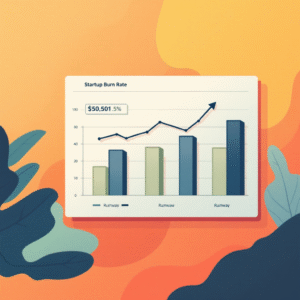Introduction
In the field of education, data-driven decision-making is becoming increasingly important to enhance student learning and improve overall educational outcomes. Educational institutions are recognizing the value of analyzing student data to identify patterns, trends, and areas for improvement. This is where Power BI, a powerful business intelligence and data visualization tool, steps in to revolutionize the way educational data is analyzed and presented.This article will explore the benefits and best practices of using Power BI for educational analytics, focusing on analyzing student data and performance. By the end, readers should have a comprehensive understanding of how to leverage Power BI to gain valuable insights, make data-informed decisions, and ultimately improve student achievement.
Understanding Educational Analytics
Educational analytics refers to the process of collecting, analyzing, and interpreting data related to all aspects of education, including student performance, teacher effectiveness, program outcomes, and institutional performance. It involves using data to identify patterns, trends, and relationships that can inform decision-making at various levels, from individual students to entire educational systems.The primary goal of educational analytics is to improve student learning and outcomes. By analyzing data, educators can identify areas where students are struggling and develop targeted interventions. It also helps educators identify what teaching methods and strategies are most effective, allowing them to continuously improve their practice. At an institutional level, data analysis can drive strategic planning, resource allocation, and policy development.
Why Use Power BI for Educational Analytics?
Power BI is an ideal tool for educational analytics due to its versatility, powerful data visualization capabilities, and ease of use. Here are some key reasons why Power BI is well-suited for analyzing student data and performance:
1. Data Consolidation and Integration
Power BI allows users to bring together data from multiple sources and consolidate it into a single, comprehensive dataset. This is particularly useful in education, where data may be spread across different systems and platforms, such as student information systems, learning management systems, and assessment tools. By connecting to these various sources, Power BI enables a holistic view of student data.For example, you can import and combine data from Excel spreadsheets containing student grades, attendance records from a school database, and survey responses from a course evaluation platform. This integrated dataset provides a more complete picture of student performance and experiences.
2. Robust Data Modeling
Power BI provides a robust data modeling environment, allowing users to transform, shape, and relate data in meaningful ways. This is essential for educational data, which often requires complex relationships and calculations to derive insights. With Power BI’s data modeling capabilities, users can create hierarchies, set up calculations for specific metrics, and define relationships between tables to ensure accurate analysis.For instance, you can model data to calculate student performance trends over time, create cohorts based on enrollment dates, or set up calculations for metrics like graduation rates or course completion percentages.
3. Visual Data Exploration
The visual nature of Power BI makes it an excellent tool for exploring and understanding data. It offers a wide range of visual elements, such as charts, graphs, maps, and custom visuals, enabling users to represent data in ways that are intuitive and easily interpretable. This visual exploration facilitates pattern recognition, trend identification, and communication of insights to stakeholders.With Power BI, you can create dashboards that showcase student performance by subject area, enrollment trends over time, or demographic breakdowns of your student population. These visuals provide a quick and effective way to identify areas of concern or success.
4. Interactive Reporting
Power BI reports are highly interactive, allowing users to drill down into data, filter and slice information, and explore different dimensions of the dataset. This interactivity empowers educators and administrators to dig deeper into the data and uncover insights that may not be immediately apparent.For example, a report on student grades can allow users to filter by course, instructor, or semester to identify patterns or compare performance across different segments. This interactivity promotes a more nuanced understanding of the data.
5. Accessibility and Collaboration
Power BI reports and dashboards can be easily shared and accessed via the web or mobile devices, enabling collaboration and data-driven discussions among educators, administrators, and stakeholders. This accessibility ensures that everyone involved can stay informed, analyze data together, and make data-informed decisions collaboratively.Additionally, Power BI allows for row-level security, ensuring that users only see data relevant to their role or department, maintaining data privacy and confidentiality.
Best Practices for Analyzing Student Data with Power BI
When using Power BI for educational analytics, it is important to follow certain best practices to ensure accurate and meaningful insights. Here are some key considerations:
1. Data Quality and Ethics
Start by ensuring the quality and integrity of your data. Clean and validate your data to remove errors and inconsistencies. Address missing values and outliers appropriately, and document any data transformations or adjustments made. Additionally, maintain ethical standards by protecting student privacy and confidentiality. Anonymize data when necessary and ensure compliance with relevant data privacy regulations, such as FERPA in the US or GDPR in Europe.
2. Contextual Analysis
Student data should be analyzed within the appropriate context. Consider factors such as student demographics, socioeconomic status, prior knowledge, or learning environment when interpreting performance data. Failing to account for context can lead to misleading conclusions. For example, comparing student performance between schools without considering differences in student populations or resources may result in unfair comparisons.
3. Meaningful Metrics and KPIs
Define meaningful metrics and key performance indicators (KPIs) that align with your educational goals and objectives. These metrics should provide actionable insights and drive decision-making. For instance, metrics like graduation rates, course completion percentages, or student satisfaction scores can be used to assess the effectiveness of programs or interventions. Ensure that the metrics you choose are relevant, measurable, and aligned with your institution’s strategic goals.
4. Interactive and Drill-Down Reports
Take advantage of Power BI’s interactivity by creating reports that allow users to explore data at different levels of granularity. Use drill-down capabilities to enable users to move from high-level summaries to detailed views. For example, create a report that shows overall student performance by subject, but also allows users to drill down to see individual student scores, attendance records, or assignment grades. This provides a more nuanced understanding of the data and facilitates targeted interventions.
5. Visual Best Practices
Follow visual best practices to ensure your reports and dashboards are effective and easy to interpret. Use appropriate chart types, limit the number of visuals on a page, and ensure consistent formatting and color schemes. Provide clear and concise titles, labels, and annotations to guide users through the data story. Avoid clutter and ensure visuals are not overly complex, as this can hinder comprehension.
Case Study: Analyzing Student Performance Data
Consider a case study where a university wants to analyze student performance data to identify areas of concern and develop targeted interventions. They have data on student grades, demographics, course enrollments, and survey responses. Here’s how Power BI can be used to gain insights:
1. Data Preparation and Modeling
The university imports data from various sources into Power BI, including student information, grades, course enrollments, and survey responses. They clean and transform the data, creating relationships between tables to build a comprehensive dataset. They also define calculations for key metrics, such as GPA, course completion rate, and student satisfaction scores.
2. Visualizing Student Performance
Using Power BI’s visual capabilities, the university creates dashboards that showcase student performance. They use bar charts to compare average GPAs by department, identifying areas where students consistently perform lower. Scatter plots show the relationship between GPA and student satisfaction, revealing a positive correlation. Map visuals display performance by geographic region, highlighting potential regional differences.
3. Identifying At-Risk Students
The university creates an interactive report that allows instructors to drill down into student performance data. Instructors can filter by course and semester to see a list of students who are struggling, identified by low grades and low attendance rates. This enables early intervention and targeted support for at-risk students.
4. Program Evaluation
By analyzing data over several years, the university assesses the effectiveness of different programs. They use line charts to track graduation rates, identifying programs with consistently low completion rates. They also compare student performance before and after the introduction of a new teaching method, finding a significant improvement in grades. This provides evidence to support the continuation and expansion of successful initiatives.
5. Strategic Planning
The insights gained from Power BI reports inform the university’s strategic planning. By identifying areas of concern and success, they can allocate resources more effectively. For example, they decide to invest in additional support services for struggling students and expand programs with high completion rates and positive student outcomes.
Conclusion
Power BI is a powerful tool that can revolutionize educational analytics, providing valuable insights into student data and performance. By consolidating data from multiple sources, applying robust data modeling techniques, and leveraging visual exploration, educators and administrators can make data-informed decisions to improve student learning and outcomes.As educational institutions continue to recognize the importance of data-driven decision-making, tools like Power BI will play a pivotal role in driving strategic planning, enhancing teaching practices, and ultimately improving student success.
Thoughtful Question
How do you plan to utilize data visualization tools like Power BI to enhance data-driven decision-making in your educational context? What specific metrics or KPIs would you track to assess student performance and program effectiveness? Share your ideas and continue the discussion on leveraging data analytics to improve educational outcomes.
